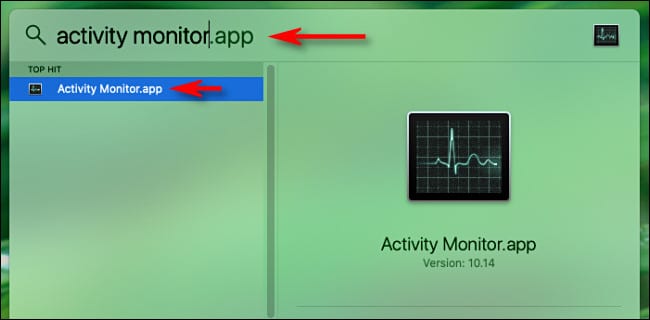
- Activity monitor mac dock how to#
- Activity monitor mac dock full#
- Activity monitor mac dock mac#
- Activity monitor mac dock windows#
Activity monitor mac dock mac#
You can use Mac Activity Monitor to quit them forcibly. Normally, they're unresponsive programs still running behind the scene. This tab lets you know which programs are working the hardest.įor example, the fan on your MacBook becomes loud, or you see the battery is draining quickly, check the CPU tab to see which apps are taxing the processor. The CPU tab lists all the processes that are currently taking up your Mac's CPU (such as AppSSOAgent) and demonstrates how long they have been running. At the top center of the window, click on any of these tabs, you'll get detailed information about it. When you launch Activity Monitor, you'll find 5 tabs: CPU, Memory, Energy, Disk, and Network, which means it monitors activities of your MacBook mainly from the 5 aspects. And this is also the reason why Mac Activity Monitor is also known as the Mac Task Manager.
Activity monitor mac dock windows#
It tells what your MacBook is doing behind the scene, just like the Windows Task Manager does. Force quit programs via Activity MonitorĪctivity Monitor is a built-in macOS app to monitor Mac activity in real-time.
Activity monitor mac dock how to#
And this post will tell you what Activity Monitor is and how to use it. In his spare time, John-Anthony can be found watching any sport under the sun from football to darts, taking the term “Lego house” far too literally as he runs out of space to display any more plastic bricks, or chilling on the couch with his French Bulldog, Kermit.Have you ever suffered this annoying situation on your Mac - one of the apps or programs becomes unresponsive and it stops your Mac from continuing working? To solve this frustrating problem, you can use Mac Activity Monitor for help. John-Anthony also loves to tinker with other non-Apple technology and enjoys playing around with game emulation and Linux on his Steam Deck. He is also an avid film geek, having previously written film reviews and received the Edinburgh International Film Festival Student Critics award in 2019. John-Anthony has previously worked in editorial for collectable TCG websites and graduated from The University of Strathclyde where he won the Scottish Student Journalism Award for Website of the Year as Editor-in-Chief of his university paper. Living in Scotland, where he worked for Apple as a technician focused on iOS and iPhone repairs at the Genius Bar, John-Anthony has used the Apple ecosystem for over a decade and prides himself in his ability to complete his Apple Watch activity rings. John-Anthony Disotto is the How To Editor of iMore, ensuring you can get the most from your Apple products and helping fix things when your technology isn’t behaving itself. Hopefully, Apple will add some more options to disable Dock gestures in macOS 14, but if they don’t, try and learn to love it because having the ability to move your dock between monitors quickly is really convenient.
Activity monitor mac dock full#
The problem with doing this is that your Mac now functions as one full space rather than two separate ones, essentially limiting your multiple monitor setup.

The other option is to disable "Displays have separate Spaces" in Mission Control settings.

The first is by opting to move the dock to the left or right of your screen, and that’s not everyone’s preference. There are two ways to lock the Dock to a specific position, but both have their own drawbacks.

Unfortunately, you’ll have to learn to love it, as there’s no way to turn off this feature when using multiple displays. Want to turn off the macOS Dock gesture control? You can’tĪfter learning how to use these gestures, they become an integral part of the way you use your Mac’s Dock. Since learning this gesture for macOS, I’m no longer left screaming at my Mac mini as my Dock moves from my main display to the vertical side display of my setup. Now that you know why your Dock moves between monitors, it’s as simple as choosing where you want it to appear and dragging down.


 0 kommentar(er)
0 kommentar(er)
